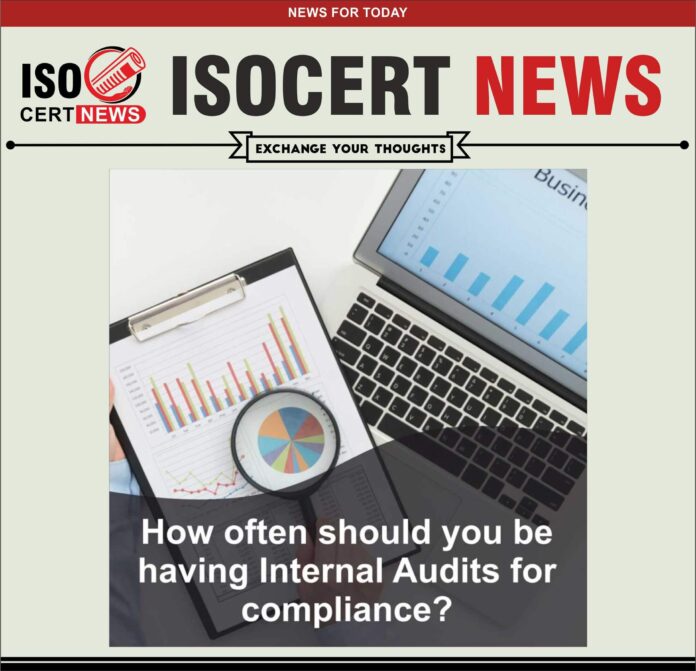ISO 9001, ISO 14001, and OHSAS 18001 require that internal audits be planned at regular intervals; they do not establish a precise frequency. They also cannot ensure that all processes are subject to an annual internal audit. Organizations must establish an appropriate frequency for their activities.
Audits can be carried out every month, every quarter, twice a year, or once a year. It is important to understand the criteria that should be taken into consideration before defining an internal audit frequency, as not all processes should be considered within the same time frame.
HOW COMPLEX IS THE PROCESS
An Over- the -counter (OTC) derivative is a two-party contract that is not executed on a regulated exchange or trading venue. A derivative is a financial instrument the value of which is derived from the performance of the underlying asset, such as equities, currencies, interest rates, and materials.
Derivatives are used by companies as a risk management strategy, used to cover commercial risks, and to protect a company’s finances against risks to which it may be exposed. They are also used for speculation, which consists of trying to make a profit on estimates educated about market activity.
What is a UPI?
- Low-risk processes may only be verified annually or every two years.
- Critical or high-risk processes should be audited more frequently, possibly quarterly or twice per year.
MATURITY OF THE PROCESS
- Well-established and effective processes may be audited annually or every two years.
- Newly developed processes should be subject to more frequent verification, such as quarterly until they are stabilized.
PAST EXPERIENCE
- Processes that are often deficient or non-compliant should be verified more frequently, for example, quarterly or semi-annually.
- Processes that have difficulty meeting targets and targets should also be subject to more frequent audits, such as quarterly or semi-annually
Additional factors that may have an impact on the audit frequency include:
- Budget to carry out internal audits.
- Customer/regulatory requirements.
It is unnecessary to audit all processes at the same time; consider staggering internal audits throughout the year, checking different processes at different times.
Checking many processes at the same time can be exhausting and gaps or areas for improvement can be neglected. While most standards do not require an annual audit of all processes. Some organizations that have well-established management systems may want to plan their audits for three years rather than once a year.
FIVE WAYS TO GET THE BEST OUT OF AN INTERNAL AUDIT
Here are a few helpful tips that will help you make the most of the internal audit process: Before The Audit-
- Establishing a scheduled audit should usually be planned at least once a year and include all activities you undertake. Based on the process being audited, this frequency may need to be changed.
- Select your team-An internal audit should be conducted by someone who has no vested interest in or is not directly responsible for the work performed in the area being audited
- During the Audit (Perform the audit)-While internal audits are official documents, they should be carried out in a friendly and cooperative atmosphere.
- After the audit ( Record Findings)- A significant part of the internal audit process is the recording and presentation of results.
- Non-conformities- Individual issues discovered through the audit process should be documented as non-conformances.
- Follow-up actions: You will need to verify that all corrective or preventive actions discussed during an audit have been implemented prior to the agreed-upon date.
- Summary Report: A summary report on your findings should be prepared, confirming what you found during the audit and the measures that were agreed upon with the audited entity to address these issues.
- Maintaining Documentation- An important part of an internal audit is to ensure that all relevant documentation is maintained appropriately.









